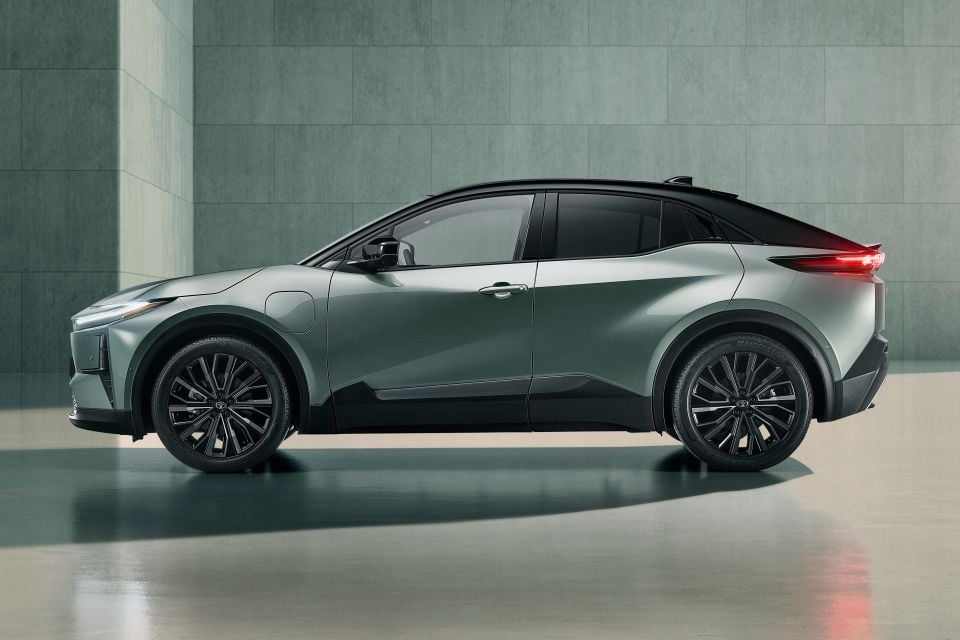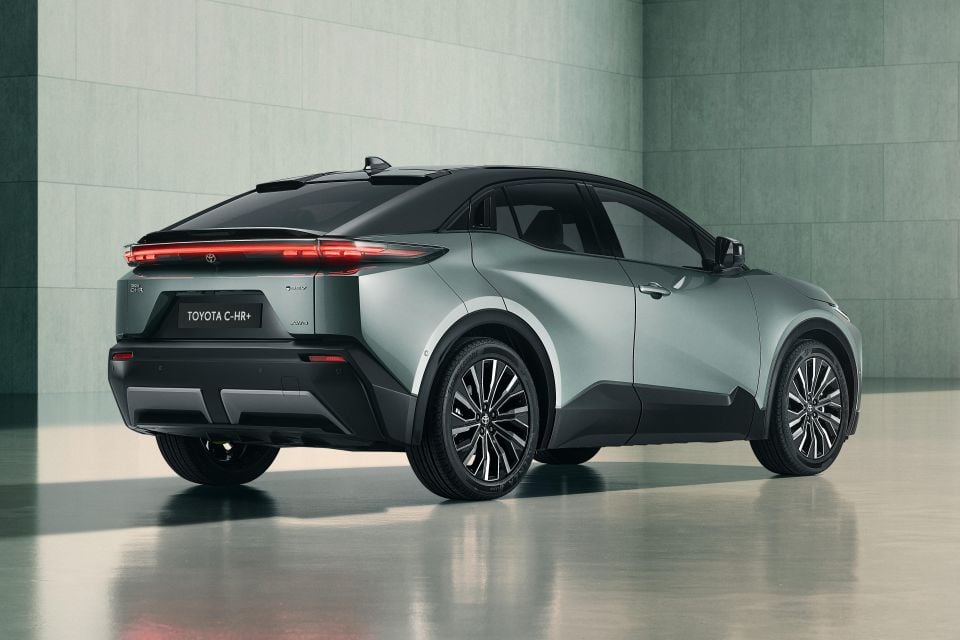The Toyota C-HR electric vehicle (EV) has been confirmed for Australian showrooms and is set to be cheaper than the bZ4X SUV – currently the brand’s only EV – when it lands in mid-2027.
The electric C-HR will be the second EV in Toyota Australia’s lineup after the bZ4X was introduced in 2024, with the bZ4X Touring also scheduled to land here in the first half of 2026.
Marginally smaller than the bZ4X, C-HR EV Australian pricing and equipment levels are yet to be announced but Toyota Australia has confirmed it will be offered in two model grades, with pricing expected to undercut the bZ4x’s base price of $66,000 before on-road costs.
Among few confirmed details, Toyota Australia has announced locally bound electric C-HRs will feature a 74.7kWh lithium-ion battery and front-mounted 165kW/269Nm electric motor.
CarExpert can save you thousands on a new car. Click here to get a great deal.
It has also confirmed interior details including a 14.0-inch touchscreen, wireless Apple CarPlay/Android Auto smartphone compatibly as well as Toyota Connected Services.
The five-seat C-HR, now in its second generation, is currently offered by Toyota Australia exclusively as a non-plug-in hybrid (HEV) like the majority of its passenger cars.
“It’s a natural progression from its hybrid engine and was part of the production plan – we had an opportunity to get it, so we’re going to take it,” Toyota Australia vice president of sales and marketing, Sean Hanley, told CarExpert.
When asked if the C-HR’s edgier, less conventional styling influenced the decision, Mr Hanley added “it’s got great appeal… it’s got a young following which I really like, and the styling does stand out from the crowd”.

Australian C-HR pricing starts at $45,440 before on-roads for the entry-level GXL, while the range-topping GR Sport – with its more potent hybrid powertrain – is priced at $57,390 before on-roads.
Pricing for the C-HR EV is expected to land between $57,390 and $66,000 before on-road costs, then.
The bZ4X and C-HR EV use the same e-TNGA (electric Toyota New Global Architecture) underpinnings also found on the Lexus RZ and Subaru Solterra EVs.
The hybrid C-HR, in contrast, rides the TNGA-C platform and measures a whole 160mm shorter than its electric counterpart.
The C-HR EV will come from Turkey, as hybrid CH-Rs sold here do after switching from Japanese sourcing with the second-generation’s arrival in 2024.

It’s the same factory which supplies the C-HR EV to Europe and the UK
In the UK, where C-HR EV order books open early next year, three model grades are offered with two battery sizes and claimed range of up to 609km.
Australia will miss out on the entry-level front-wheel drive C-HR EVs sold in the UK, which use a 57.7kWh lithium-ion battery pack, good for a claimed WLTP range of 456km, with a 123kW/269Nm front-axle motor good for a 0-100km/h time of 8.4 seconds.

Instead, the UK mid-spec appears a match for the local version with power upped to 165kW but with the same 269Nm of torque and a larger 77kWh battery. It brings the longest range of 609km while cutting the 0-100km/h sprint to 7.3 seconds.
The UK also offers a C-HR EV AWD model with an even more potent powertrain, packing 252kW from two motors – a 269Nm front axle unit and 170Nm on the rear axle – slashing the 0-100km/h to 5.2 seconds with 546km of range.
Standard AC charging is 11kW, with the AWD model available with faster 22kW capability, and all models offering 150kW DC charging.
MORE: Explore the Toyota C-HR showroom